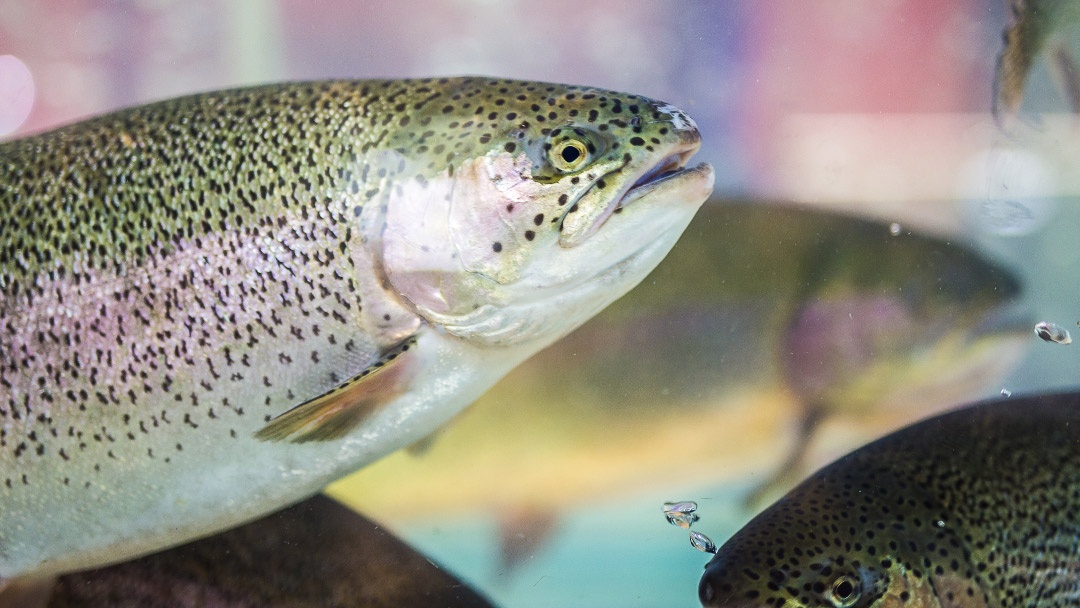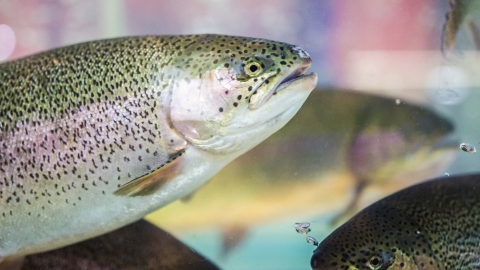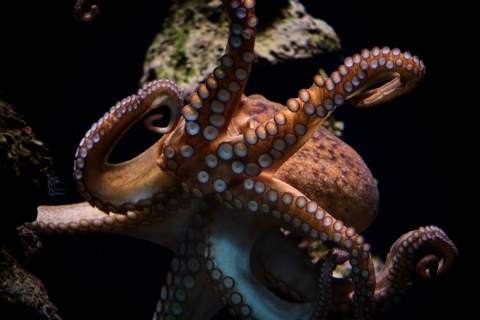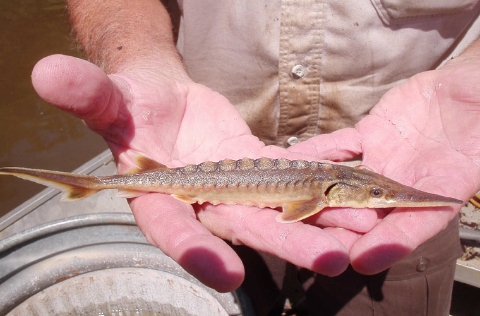
The use of in vitro intestinal models is rapidly gaining ground as an ethical, efficient, and increasingly accurate alternative to traditional in vivo testing-particularly in fields like animal nutrition and biomedical research.
While these systems cannot fully replicate the complexity of a living organism, as they lack certain physiological structures, they are especially valuable in aquaculture. They allow researchers to assess alternative feed ingredients without relying heavily on live animals during the early stages of diet development. These models also help identify damage and recovery mechanisms, such as responses to anti-nutritional factors.
In a recent study, researchers from the Department of Agricultural and Environmental Science at the University of Milan, working in collaboration with colleagues in Norway, Israel, and feed company Skretting, have demonstrated the potential of in vitro platforms using rainbow trout intestinal cell lines to evaluate different diets.
The findings, published in Frontiers in Marine Science under the title Use of a rainbow trout (Oncorhynchus mykiss) intestinal in vitro platform to evaluate different diets, underscore the model’s practical application in aquafeed research.
The goal was to validate an in vitro model mimicking the trout’s intestinal epithelium, enabling researchers to rapidly and cost-effectively screen diets with different compositions. The study compared three formulations: one rich in fishmeal; another high in soybean meal, which is known to cause intestinal inflammation; and a third featuring feather meal, a poultry by-product with low digestibility.
The methodology involved simulating digestion using trout enzymes to obtain the bioaccessible fraction, which was then applied for 21 days to intestinal cell cultures derived from the proximal and distal sections of the fish’s gut.
The researchers assessed epithelial barrier integrity using transepithelial electrical resistance, cell morphology, and the activity of the enzyme alanine aminopeptidase. The key finding was that the soy-rich diet disrupted the epithelial barrier in proximal gut cells but had no effect on distal ones. Encouragingly, this disruption was reversible: “The barrier’s integrity was fully restored once the soybean diet was withdrawn,” the author noted.
Meanwhile, the fishmeal-based diet promoted cell proliferation in both cell lines-a response interpreted as a mild inflammatory reaction. However, fishmeal, the industry-standard reference diet, proved the least disruptive overall, consistent with its widespread use and high digestibility.
Another noteworthy result was the presence of PAS-positive vacuoles-a marker of mucin production response to stress caused by certain ingredients.
Taken together, the results show that the in vitro model can differenciate functional responses to various diets, particularly in proximal intestinal cells. The researchers also highlight the model’s potential to identify specific compounds that could counteract anti-nutritional effects in raw materials like soybean meal.
Such platforms offer a powerful tool to reduce reliance on animal testing, supporting more ethical and efficient research in the development of sustainable aquafeeds. The study forms part of a project funded by the European Union’s Horizon 2020 programme (grant agreement no. 828835) and was conducted in partnership with Skretting Aquaculture Innovation.



